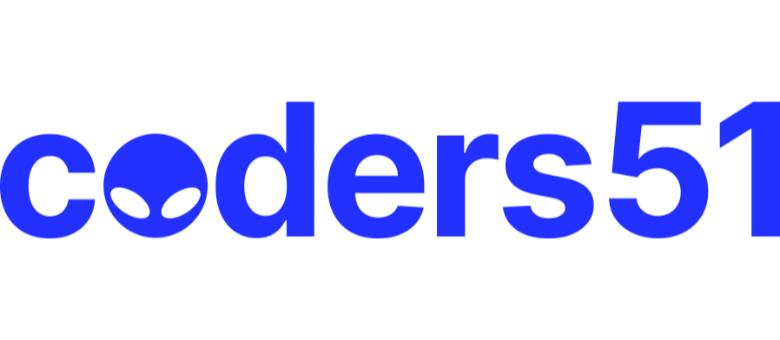AntonRich
Started reading SICP on a whim
I don’t know what happened today. But I just started reading SICP which I meant to do for a long time.
The book itself:
I’m not even sure whether I’ll finish the book. Yet, I see that it is written in an interesting way. Which at least makes a good past time reading : )
Is there anybody who finished it?
P.S. I’m doing it with Racket and the package called sicp.
It’s nice that Racket has a repl.
Most Liked
gfqdjb
For those who might not know, there’s a full course taught by the authors of SICP (Harold Abelson and Gerald Jay Sussman) that you can use to complement the book:
There’s also a JavaScript adaptation of SICP, published by MIT Press in 2022. You can read it for free here:
Just a heads-up: some people criticize the JavaScript version for using questionable coding practices, like overusing the ternary operator instead of standard if...else blocks. So the examples might not always reflect what you’d call “good code”.
If you’re looking for other solid introductions to computer science and programming, these books are often highly recommended:
- A Data-Centric Introduction to Computing (aka DCIC) - Originally published in 2021, but constantly updated
- How to Design Programs, 2nd Edition: An Introduction to Programming and Computing (aka HtDP) - Published in 2018
- Composing Programs
Some folks even argue that DCIC is the best foundational CS book out there. I haven’t read any of them myself, so I can’t say for sure, but they’re worth looking into.
SebAlbert
I read a print copy of SICP (2e) during Covid, up to the last section in chapter 4, where they would start implementing something like Prolog if I remember correctly. One day I’ll want to finish the book.
SICP was a great shift in gears on my journey to becoming polyglot, a great introduction to “lispy” thinking. I read it after diving deep into Python, but it still improved my understanding and appreciation of Python as a dynamic and well-designed language (if you focus on the parts that functional programmers like). And it laid the foundation for my learning of Clojure, which I highly appreciate.
For what it’s worth, I don’t see how the JavaScript version should use more if/else than ternary. The whole point in SICP and Scheme (and the lispy languages) is that most things should be expressions, not statements.
On the side note of HtDP, I tried the beginnings a couple of times, but can’t find patience for the dogmatic style of writing stuff down upfront before coding. Writing code is too intermingled with my thought process. (not vibe-coding, and not committing or opening a PR too quickly, but just seeing my thoughts in code on the screen and then moving them around)
gfqdjb
I think shifting between Pyret and Python was also a good move.
Just to expand on what I said earlier, SICP was the textbook for MIT’s former introductory programming course, 6.001. That course was taught at MIT for over 20 years until it was replaced in 2008. Since then, the introductory programming courses have been taught in Python.
Here’s what Gerald Jay Sussman, one of the authors of SICP and a former 6.001 instructor, said about the book/course being replaced and the switch from Scheme to Python:
Costanza asked Sussman why MIT had switched away from Scheme for their introductory programming course, 6.001. This was a gem. He said that the reason that happened was because engineering in 1980 was not what it was in the mid-90s or in 2000. In 1980, good programmers spent a lot of time thinking, and then produced spare code that they thought should work. Code ran close to the metal, even Scheme — it was understandable all the way down. Like a resistor, where you could read the bands and know the power rating and the tolerance and the resistance and V=IR and that’s all there was to know. 6.001 had been conceived to teach engineers how to take small parts that they understood entirely and use simple techniques to compose them into larger things that do what you want.
But programming now isn’t so much like that, said Sussman. Nowadays you muck around with incomprehensible or nonexistent man pages for software you don’t know who wrote. You have to do basic science on your libraries to see how they work, trying out different inputs and seeing how the code reacts. This is a fundamentally different job, and it needed a different course.
So the good thing about the new 6.001 was that it was robot-centered — you had to program a little robot to move around. And robots are not like resistors, behaving according to ideal functions. Wheels slip, the environment changes, etc — you have to build in robustness to the system, in a different way than the one SICP discusses.
And why Python, then? Well, said Sussman, it probably just had a library already implemented for the robotics interface, that was all.
If you want to follow MIT’s current introductory programming path, these are the courses available on MIT OpenCourseWare:
- 6.0001 - Introduction to Computer Science and Programming in Python
- 6.0002 - Introduction to Computational Thinking and Data Science
There is also a full-semester version of 6.0001 with the same content but a slower pace:
All of these courses use the same textbook:
So there you have it, another solid book to add to your reading list.
Popular General Dev topics

Other popular topics

Categories:
Sub Categories:
- All
- In The News (10561)
- Dev Chat
- Questions (34)
- Resources (119)
- Blogs/Talks (27)
- Jobs (3)
- Events (15)
- Code Editors (59)
- Hardware (57)
- Reviews (5)
- Sales (16)
- Design & UX (5)
- Marketing & SEO (2)
- Industry & Culture (14)
- Ethics & Privacy (19)
- Business (4)
- Learning Methods (5)
- Content Creators (7)
- DevOps & Hosting (9)
Popular Portals
- /elixir
- /rust
- /ruby
- /wasm
- /erlang
- /phoenix
- /keyboards
- /python
- /js
- /rails
- /security
- /go
- /swift
- /vim
- /clojure
- /emacs
- /haskell
- /java
- /svelte
- /onivim
- /typescript
- /kotlin
- /c-plus-plus
- /crystal
- /tailwind
- /react
- /gleam
- /ocaml
- /elm
- /flutter
- /vscode
- /ash
- /html
- /opensuse
- /zig
- /centos
- /deepseek
- /php
- /scala
- /react-native
- /lisp
- /sublime-text
- /textmate
- /nixos
- /debian
- /agda
- /django
- /kubuntu
- /arch-linux
- /deno
- /nodejs
- /revery
- /ubuntu
- /manjaro
- /spring
- /lua
- /diversity
- /markdown
- /julia
- /c









